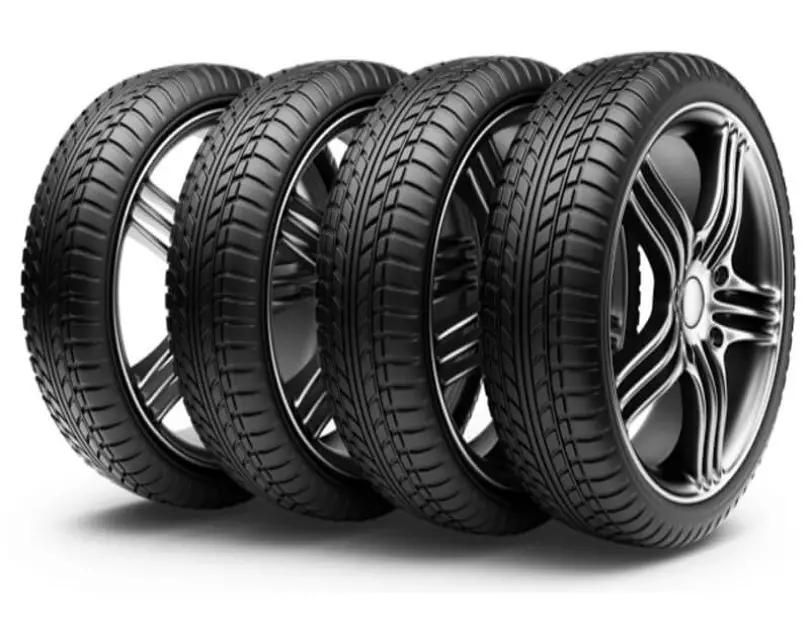Out of all the components and systems that make up a vehicle, the significance of tyres is the most straightforward. They run the car or SUV on their shoulders, that is it, right? Well, that is true, but it is not remotely as simple as it sounds.
Every tyre is carefully designed to provide the necessary performance on the road. However, it is not simply a spherical black object. Instead, it consists of various elements, each of which has its contribution. In this article, we are focusing on one of these parts, known as the tyre tread.
Need for treads in tyres:
When you are driving a vehicle on the road, one of the major things you look for is traction. It is the automobile term for how well your tyres adhere to the road surface. The frictional force between the rubber and the tarmac results in this grip. If you are travelling along a super dry pavement, a smooth rubber tyre should work fine.
Grooves and sipes in the tyre tread:
It is here that treads come into the picture. If you look at a tyre, you will notice a multitude of channels going through the rubber. These grooves are a part of the tread and act as a passage for the water. As the water is eliminated through them, the rubber is back in touch with the asphalt. Thus, excellent traction is restored and chances of hydroplaning diminish. In the case of snow and ice, a similar concept can be applied.
Although the large grooves are able to remove most of the water, some still remain. To get rid of it, minuscule channels known as sipes are included.
Variation of the tyre tread based on seasons:
There are two aspects to every tread: traction and rolling friction. We have primarily focused on the former till now, so it is time to delve into the latter. Using tyres suited to cold and snowy climates on dry roads increases this resistance. Thus, fuel consumption rises to make up for it.
Tread pattern symmetry:
As for the pattern of your tyre tread, there are three alternatives: symmetrical, asymmetrical and unidirectional. The final type constitutes V-shaped gorges repeated throughout it. You can fit these Tyres Bromsgrove in a particular way according to the marking provided. Their shape accounts for their ability to remove water and snow away from the asphalt. That is why they are an ideal choice for the winter and rainy seasons. Symmetric tyres are the standard ones fitted in most cars and SUVs. Just as their name suggests, the patterns on both sides are identical, meaning you can mount them in both ways. They are relatively cheap compared to their counterparts and generate low amounts of noise. Asymmetric tyres are a mix of the two mentioned above.
Final words:
A standard tyre may look a bit boring, but each of its parts holds vast significance regarding your driving ability. In general, treads do not seem like they are doing much, but now you know how much they contribute. Different types of treads are useful for different circumstances. Thus, when you are choosing a set of Tyres Belbroughton, you have to be mindful of the tread design. When you fit the correct tyres in your vehicle, the output performance is always top-tier. Proper maintenance, of course, plays a part in it, especially concerning tread depth which should always remain above the legal.






